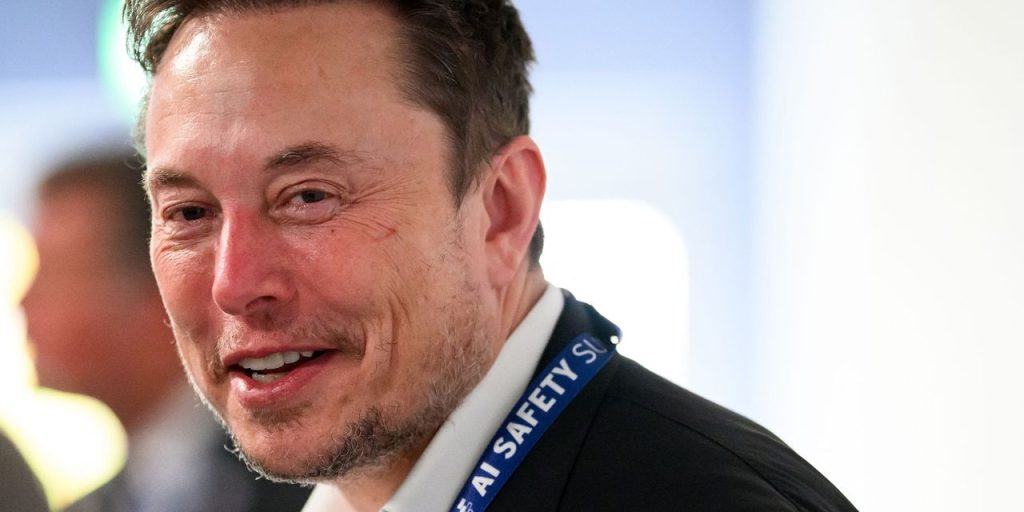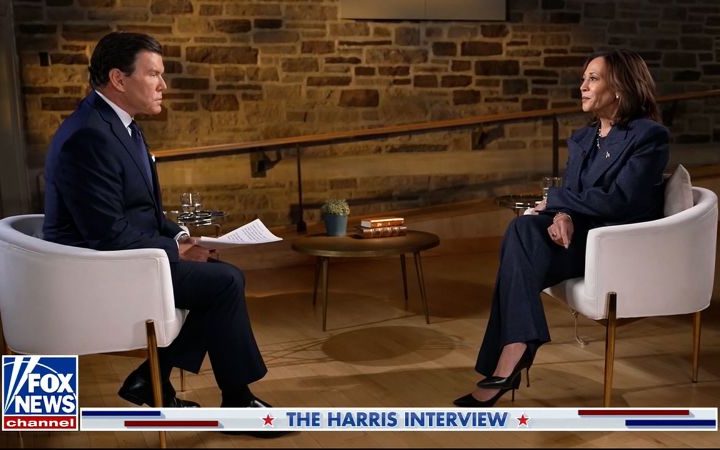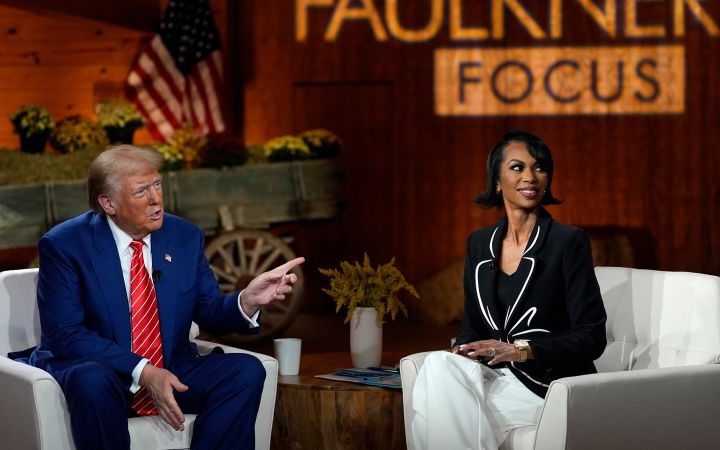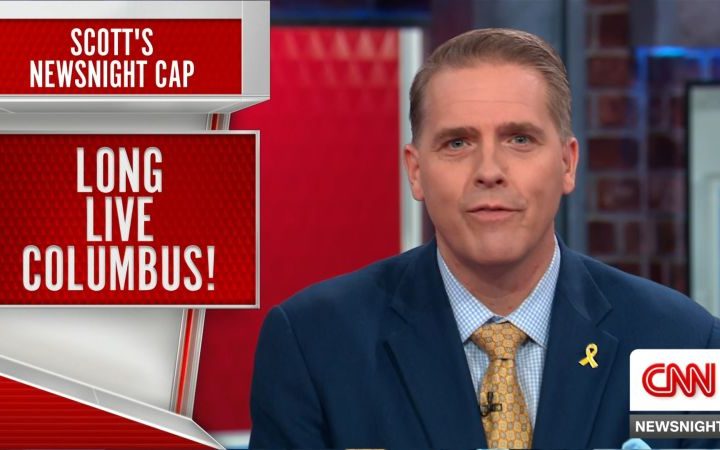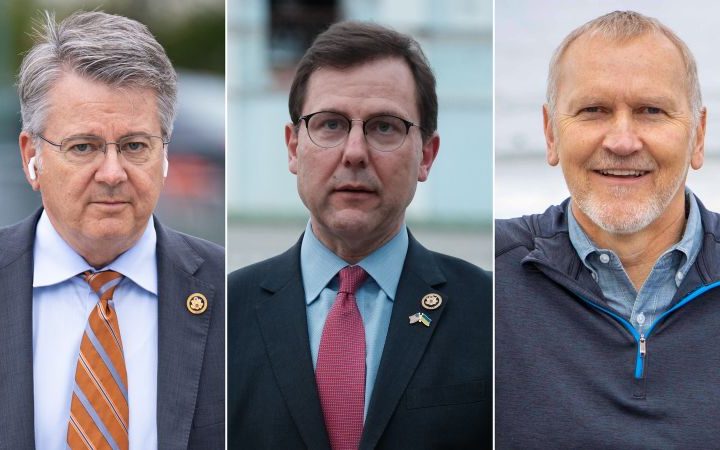A version of this story appeared in CNN’s What Matters newsletter. To get it in your inbox, sign up for free here.
Days after celebrating the reelection of a moderate governor in the red state of Kentucky, Democrats experienced hopelessness at the news that Sen. Joe Manchin will not run for reelection in neighboring West Virginia, all but handing that Senate seat to Republicans after next year’s elections.
While US politics can feel paralyzed, the arc of Manchin’s Senate career speaks to an ongoing and never-ending realignment. He came to the Senate with a victory in a 2010 special election, holding the seat for Democrats even though Republicans picked up a six other Senate seats that year – the kind of wave cycle when a Republican could get elected as a senator in Massachusetts and nearing the end of an era when Democrats represented the Dakotas and Arkansas in the Senate.
The idea that either party could pick up six Senate seats in a single election seems crazy today, when only a handful of seats are viewed as truly competitive.
The country and West Virginia changed around Manchin
Just before Manchin arrived in the Senate, there were two Democrats representing West Virginia and two Republicans representing Arizona. Today, Republicans hold every nonjudicial statewide office in West Virginia, except Manchin’s Senate seat, and Arizona voters have elected Democrats to top positions, including US senator and governor.
There’s no guarantee that Manchin would have won reelection in 2024; he barely held on to the seat when he won a second full term in 2018. But there’s a general consensus that the aging politician, who got to the Senate from the governor’s mansion, is the last of a certain breed.
One person who is running to replace Manchin, West Virginia Gov. Jim Justice, dramatically announced he was becoming a Republican at a rally for then-President Donald Trump in 2017.
Manchin never took that step of changing parties, despite the opportunity, staying true to Democrats even as he felt the party moved further away from him. He both helped Democrats achieve a slim majority in the Senate and then confounded them by refusing to sign on to their more ambitious climate and social safety net policies.
While his stubborn policy positions perplexed his Democratic colleagues, his decision not to seek reelection will frustrate them even more. The GOP will only need a net gain of one seat to control the Senate should a Republican win the White House in 2024. They’ll need two if President Joe Biden wins reelection.
Regardless of who controls the House, there’s almost no potential for either side to win the kind of majority in the Senate that would allow it to get around a filibuster to pass major legislation. The last time either party had 60 votes was in 2010, before Manchin was en route to the Senate.
CNN’s Simone Pathe periodically publishes a list of the 10 Senate seats most likely to flip, and Manchin’s seat has been at the top of her 2024 list.
Most of the remaining most-likely-to-flip seats are held by Democrats, which is not so much a reflection of the state of the country as a reflection of which seats are up for election.
Democrats will be defending seats in Montana and Ohio, for instance, both states that went solidly for Trump in 2020. They will also need to defend seats in the battlegrounds of Pennsylvania and Wisconsin.
In Arizona, Sen. Kyrsten Sinema has developed a brand of political independence like Manchin, although she took the additional step of technically leaving the Democratic Party last year to become an independent. It’s not clear if Sinema will run for reelection, but her Arizona seat will be hotly contested in any event.
While they are on defense in key races across the country, Democrats’ two remotely plausible pickup opportunities, in Florida and Texas, are also states that went for Trump.
The Senate and House could go in opposite directions in 2024
It’s an oddity of American politics that there’s a decent chance 2024 could see a split decision in which Republicans gain control of the Senate but lose control of the House.
They currently hold a slim House majority, and redistricting-related changes to maps in Alabama and potentially Georgia and New York could eat away at their majority, while a partisan gerrymander in North Carolina could help them.
Eighteen Republicans in the House currently represent districts that went for Biden in 2020, which means there’s ample opportunity for Democrats to win back control of that chamber, particularly if Biden wins reelection.
Meanwhile, now that he’s not running for reelection, Manchin wants to take his brand on the road.
“What I will be doing is traveling the country and speaking out to see if there is an interest in creating a movement to mobilize the middle and bring Americans together,” he said in a video announcement Thursday.
Some Democrats worry that Manchin could launch a third-party run for the White House. This summer, he appeared at an event for the group No Labels, which is pushing for ballot access for an independent alternative candidate.
Manchin has certainly pushed his own independence, and that has pulled Democrats to the right in important ways.
Just picking one issue on which he’s to the right of most Democrats: Manchin has long been an opponent of action to address climate change and ran a campaign ad in 2010 in which he shot a bullet into a copy of Democrats’ cap-and-trade legislation.
That kind of positioning is tailor-made for West Virginia, the heart of coal country, but it won’t age well in the larger country, where people are increasingly feeling the impacts of climate change.
On other key issues prized by Democrats – tax credits to end child poverty, minimum wage and more – he has made sure to loudly prove his independence by thwarting lasting changes.
He also voted with Republicans against codifying Roe v. Wade as the law of the land, which seems out of step with the country when voters even in red states are consistently supporting abortion rights.
Could highlighting differences with his own party somehow transform into a message of unity? On issues like guns, he has worked to build consensus, but found little success.
“I know our country isn’t as divided as Washington wants us to believe,” Manchin said in the video announcing he would not seek reelection in 2024. “We share common values of family, freedom, democracy, dignity and a belief that together we can overcome any challenge. We need to take back America and not let this divisive hatred further pull us apart.”
That’s a nice-sounding sentiment, but Manchin seems like a flawed messenger. He’s a longtime politician who has run afoul of national Democrats for standing in the way of their priorities and been a target of Republicans, who were heretofore unable to dislodge him in West Virginia.
Read the full article here

